
Energy I-Corps participants work on an activity together.
Training for Energy I-Corps' first cohort was held Oct. 11–Nov. 19, 2015, in Golden, Colorado.
Cohort 1 was composed of 14 teams from Argonne National Laboratory (ANL), Idaho National Laboratory (INL), Lawrence Berkeley National Laboratory (LBNL), Lawrence Livermore National Laboratory (LLNL), National Renewable Energy Laboratory (NREL), Oak Ridge National Laboratory (ORNL), and Pacific Northwest National Laboratory (PNNL).
See photos of Energy I-Corps Cohorts 1 and 2 on our Flickr stream.
Teams and Technologies

Team Members
- Principal Investigator: Matthew Balderree
- Entrepreneurial Lead: Corey Smith
- Industry Mentor: Wendolyn Holland
Technology Description
The Advanced Renewable Aerial Inspections (ARAI) technology utilizes unmanned aircraft systems (UAS) to perform safer, more-economical inspections on multiple types of wind turbines, including off-shore wind turbines, to collect data. The UAS data can be used to help determine maintenance requirements and detect issues and trends to help wind farm operators, public utilities, turbine manufacturers, and maintenance companies make rapid, informed decisions in how they manufacture, build, deploy, and maintain their products. Through its participation in Energy I-Corps, the team hopes to better understand the challenges of taking innovative ideas from concept to commercialization and, ultimately, with the help of their commercialized technology, help industry provide additional U.S. energy jobs.
Team Members
- Principal Investigator: Yining Qin
- Entrepreneurial Lead: Edward Silva
- Industry Mentor: Roger Werne
Technology Description
The Commercial Building Energy Saving Technology (C-BEST) is an optimized control technology for heating, ventilating, and air conditioning systems in commercial buildings such as office, retail, and computer centers. C-BEST provides an online, real-time, deep learning, self-modeling, and advanced non-linear optimization solver technology. The technology is a risk-free, low-cost, capital-free investment in energy efficiency that has the potential to reduce a commercial building’s energy bill by 10% to 30%. Through Energy I-Corps, the C-BEST team expects to learn business skills and find potential customers while piloting market-ready applications for their technology.
Team Members
- Principal Investigator: Diana Hun
- Co-Principal Investigator: Som Shrestha
- Entrepreneurial Lead: Mahabir Bhandari
- Industry Mentor: Linda Jeng
Technology Description
There are few technologies in the marketplace that help to cost-effectively retrofit building envelopes while addressing unique project requirements and allowing the building to maintain its normal operations throughout recladding. This team’s solution updates an existing Dow Chemical Company product, THERMAX Wall System (TWS), which combines the components of air, vapor, and water-resistive barriers while providing continuous thermal insulation with practical retrofit reclad application refinements. The integration and constructible details of these components would benefit the building architect, contractor, and owner by reducing retrofit complexity, time, and cost. The team members hope that Energy I-Corps will help them evaluate the commercialization potential of the updated system, TWS–ReClad.
Team Members
- Co-Principal Investigator: Alex Beliaev
- Entrepreneurial Lead: Hans Bernstein
- Industry Mentor: Tracy Warren, executive director
Technology Description
The binary culture technology helps reduce greenhouse gas emissions while also generating value-added products and biomass. It captures fugitive methane and carbon dioxide gases and, with help from a co-culture, biologically converts them into products such as biofuel, feedstock, and fertilizer. The team is targeting oil-and-gas drilling companies as potential customers, so Energy I-Corps will provide the opportunity to gauge interest through industry-member interviews but will also allow the team to explore alternate applications for the technology, including other types of industrial waste streams.

Team Members
- Principal Investigator: Ray Conley
- Entrepreneurial Lead: Elina Kasman
- Industry Mentor: John Miller
Technology Description
The device developed by the Dynamic Aperture team allows precise, real-time control of vapor deposition sources to improve the quality of thin films without the need to stop the manufacturing process to recalibrate sources. The resulting films enhance device yield, improve the performance of optics, and increase efficiency while reducing manufacturing costs. Possible applications have the potential to increase solar cell efficiency, improve performance of x-ray telescopes, and increase extreme ultraviolet lithography throughput. Through Energy I-Corps, the team will identify potential customers, gain insight through the evaluation of market analysis, and make decisions regarding how best to pursue commercialization of the technology.

Team Members
- Principal Investigator: Chuck Booten
- Entrepreneurial Lead: Jon Winkler
- Industry Mentor: Ed Williams
Technology Description
Eco-AC is a modular air conditioning solution intended to replace current window air conditioners. Units are installed by drilling one or two small holes in an exterior wall and clamping the evaporator and condenser to each other, eliminating the eyesore of traditional window air conditioner units while maintaining a simple installation. This also reduces air leakage while improving operating efficiency and comfort. Eco-AC includes multiple patent-pending components developed at NREL. The team members hope Energy I-Corps will help them capitalize on the poor aesthetics of window air conditioners, lack of differentiation between current products, and lack of brand-awareness/loyalty while targeting homeowners, property managers, and rental tenants.

Team Members
- Principal Investigator: Luke Gosink
- Entrepreneurial Lead: Doug McMakin
- Industry Mentor: Melissa Sherman
Technology Description
HYDRA is a statistical framework for designing an aggregate forecasting model that is less susceptible to variability. It iteratively tunes, augments, and then combines the strengths from an ensemble of competing methods to generate a single model that is more accurate and reliable than any ensemble constituent. HYDRA’s possible applications range from predicting short- and long-term energy needs in the power grid (one industry collaborator reduced forecasting errors by 65% and is estimated to save up to $100 million annually) to detecting early indications of disease in cattle (reducing the typical $5 billion annual loss). Energy I-Corps will help this team to more clearly define and demonstrate HYDRA’s potential applications and transform it into a high-impact technology.
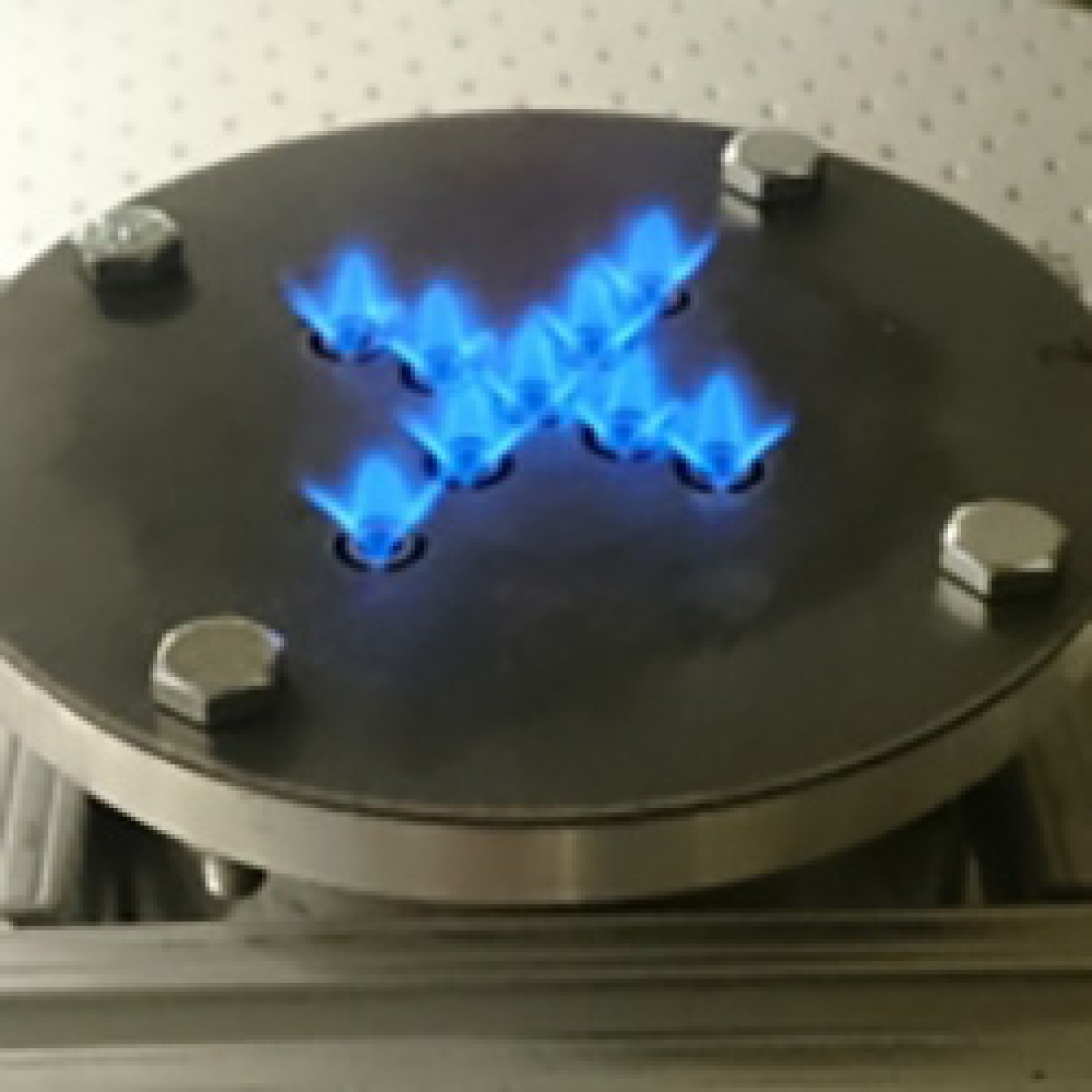
Team Members
- Principal Investigators: Peter Therkelsen, Vi Rapp
- Entrepreneurial Lead: Mike Tucker
- Industry Mentors: Michel Foure, Kevin Henry
Technology Description
Ring Burner is based on LBNL’s patented low-emission technology that utilizes premixed fuel and air supply as well as a simple flame stabilizing mechanism to evenly heat a surface with minimal pollutant formation. The team has set its sights on deploying the technology to enhance the cooking experience in residential and commercial kitchens. Energy I-Corps will help the team develop other value propositions in response to market feedback.
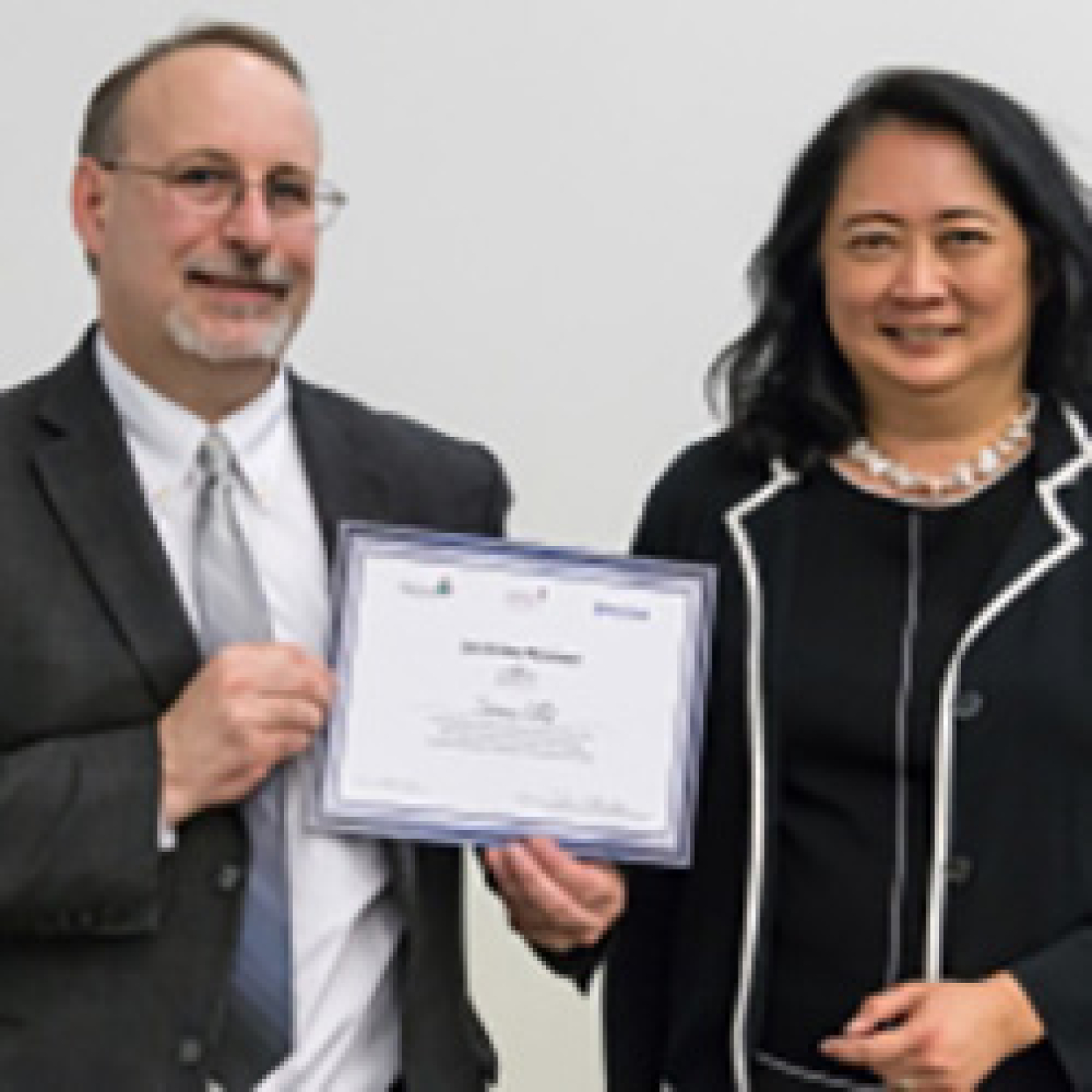
Team Members
- Principal Investigator: Ralph Muehleisen
- Entrepreneurial Lead: Cathy Milostan
- Team Member: Todd Levin
- Industry Mentor: Bill Shadid
Technology Description
With the help of commercially available equipment, ANL's SonicLQ software is a game-changing, non-intrusive solution that uses sound waves to both find and quantify air leaking through enclosed spaces to improve estimates for weatherization repairs and energy savings potential. In contrast to current air leakage testing options, SonicLQ tests can occur in occupied buildings and during all phases of construction, giving energy service companies new opportunities to sell more testing contracts. Energy I-Corps will help the team explore SonicLQ’s potential, develop a business plan, and decide whether to license the technology or start a new business.
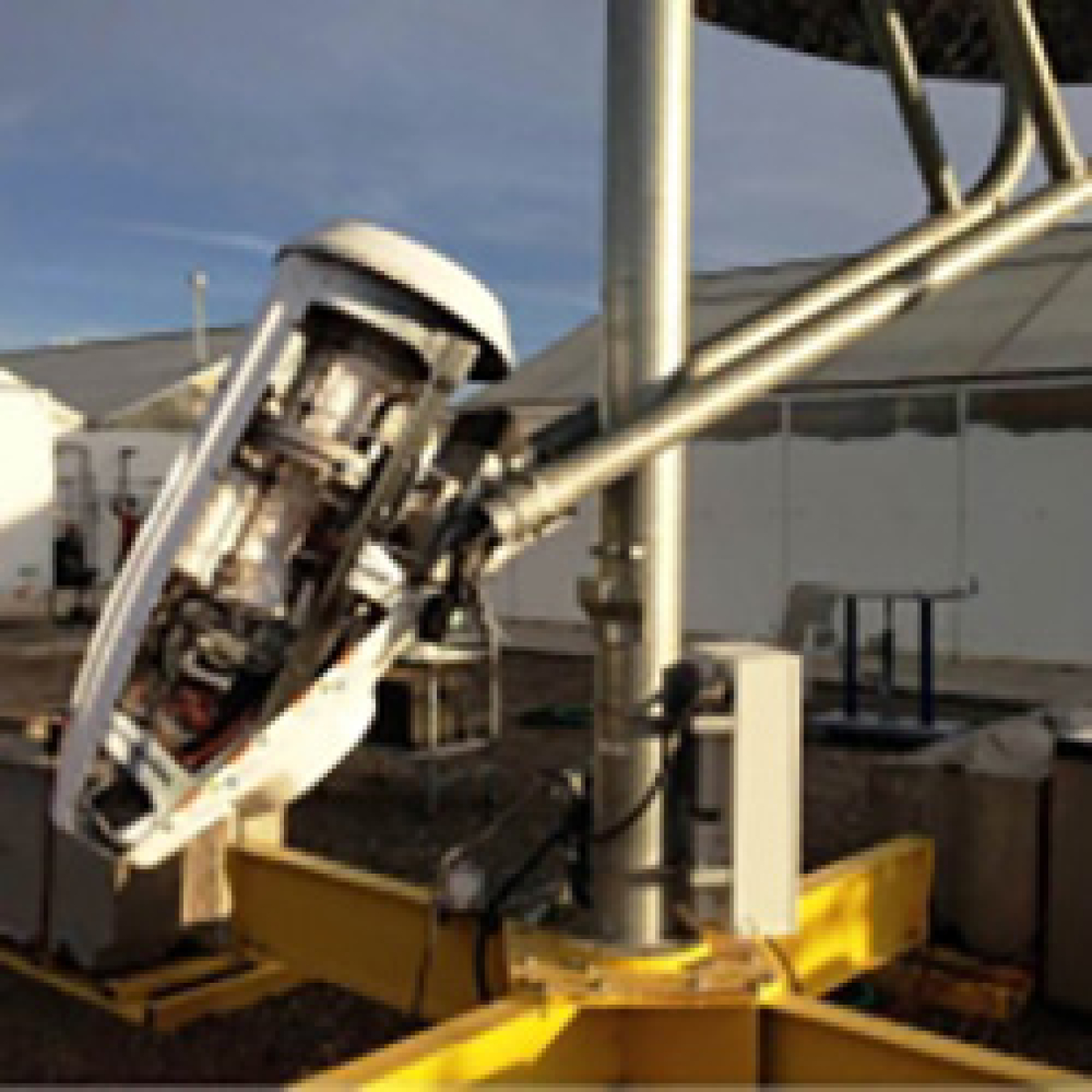
Team Members
Principal Investigator: Bob Wegeng
Entrepreneurial Lead: Chris Klasen
Industry Mentor: Peter BrehmTechnology Description
The Solar Thermochemical Advanced Reactor System (STARS) uses the sun’s rays to convert natural gas or biomethane feedstock into chemical energy resulting in energy-rich gas that is ready for commercial use, including hydrogen production, methanol production for on-site use, and electrical generation. Energy I-Corps will help the team understand and characterize the potential market uses for STARS, develop a more efficient prototype suitable for manufacturing, and create a commercialization pathway based on industry input.

Team Members
- Principal Investigator: Kyle Alvine
- Entrepreneurial Lead: Scott Butner
- Industry Mentor: Brian Kornish
Technology Description
The technology under development is a potentially low-cost, passively switchable dynamic coating for windows that is based in part on subwavelength materials. As window temperature increases beyond a specified point, the coating will reversibly block infrared radiation, but not visible light. This allows for beneficial dynamic solar heating of a building accompanied by daylighting. If successful, this technology has the potential to provide significant energy savings for commercial and residential buildings. Through Energy I-Corps, the team hopes to better understand and characterize potential market uses for its technology.
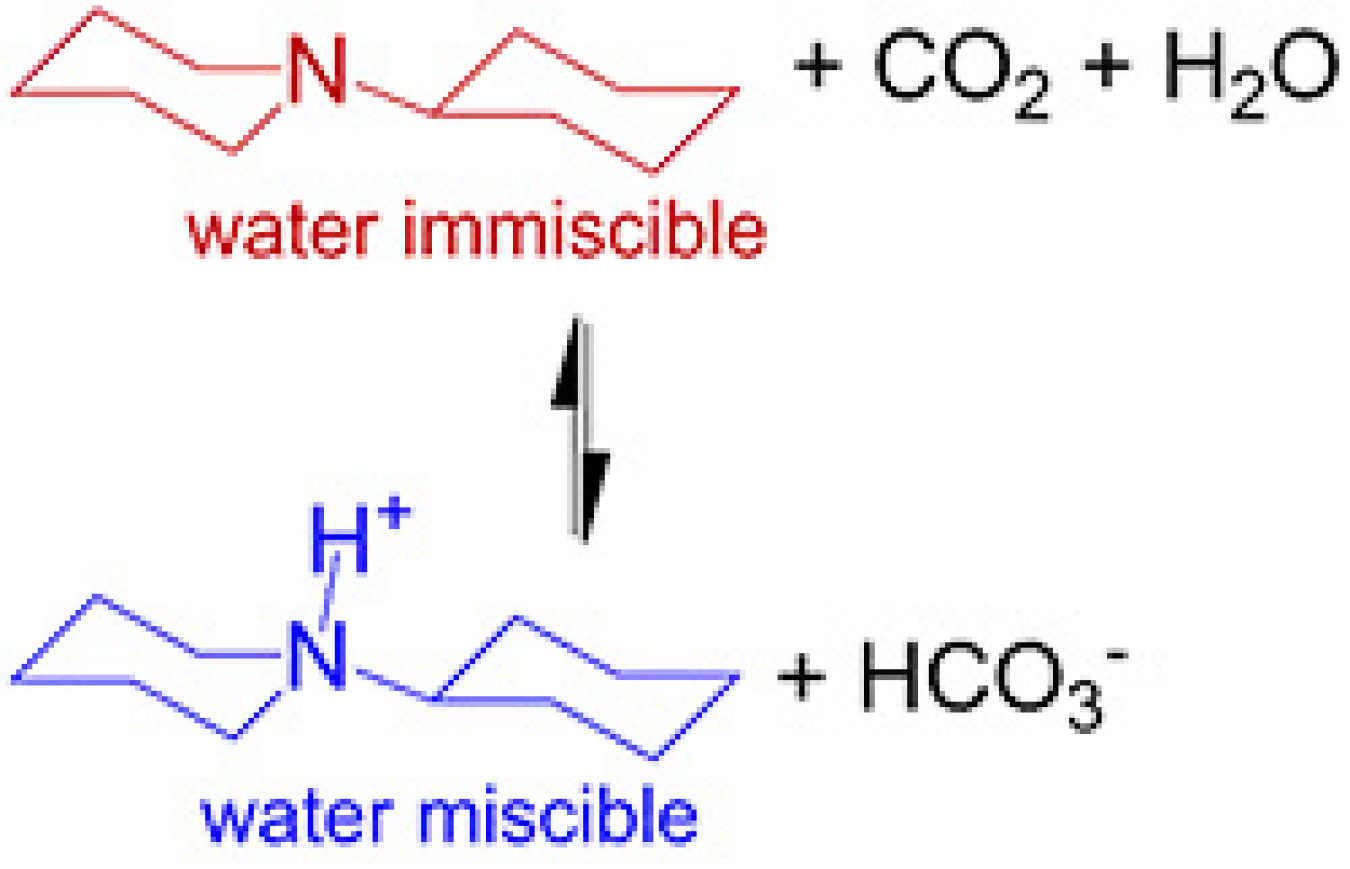
Team Members
- Principal Investigator: Aaron Wilson
- Entrepreneurial Lead: Carter Fox
- Industry Mentors: Shawn Perkins, David Noack
Technology Description
Switchable polarity solvents (SPSs) are an exciting new class of materials that undergo a polarity shift upon being exposed to a chemical agent. The switch leads to profound changes in solubility and phase behavior, and SPSs display many of the beneficial characteristics of room temperature ionic liquids without the cost or difficulty of recycling. This team envisions a range of possible applications for this technology, but their initial target areas will be industrial water treatment and biomass fractionation. The use of SPSs in water treatment processes has the potential to cost-effectively obtain high-water recoveries from high-salinity and high-fouling industrial waters. The team’s biomass project will use SPSs to fractionate biomass such that it can be merchandized, allowing the biomass industry to compete with the petrochemical infrastructure. With the help of Energy I-Corps the team hopes to explore various paths forward, demonstrate the processes, and bring the technology to market.
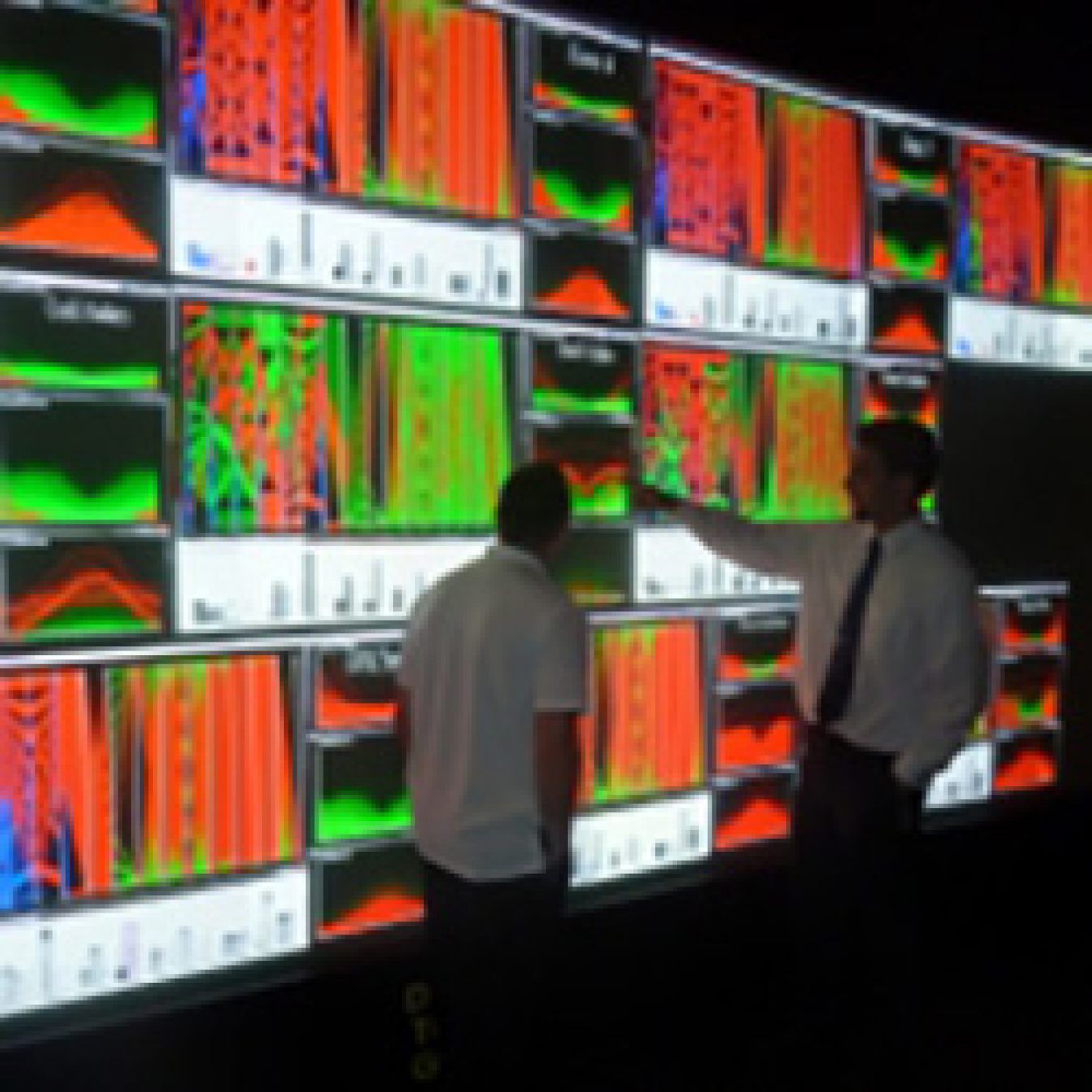
Team Members
- Principal Investigator: Joshua New
- Co-Principal Investigator: Aaron Garrett
- Entrepreneurial Lead: Jibonananda Sanyal
- Industry Mentor: Varun Singh
Technology Description
Tunation is a software technology that will allow energy service companies to cheaply and quickly identify the energy- and cost-saving potential for commercial and residential buildings. It uses new “zero touch” audit and simulation technologies to cost-effectively learn and adapt a building model in real time. By reducing costs, Tunation will allow small- and medium-sized businesses to afford these services, expanding the market and ultimately reducing the nation’s energy bill. Through Energy I-Corps, the team hopes to learn more about what it takes to build a successful business, working closely with industry to identify any potential roadblocks.
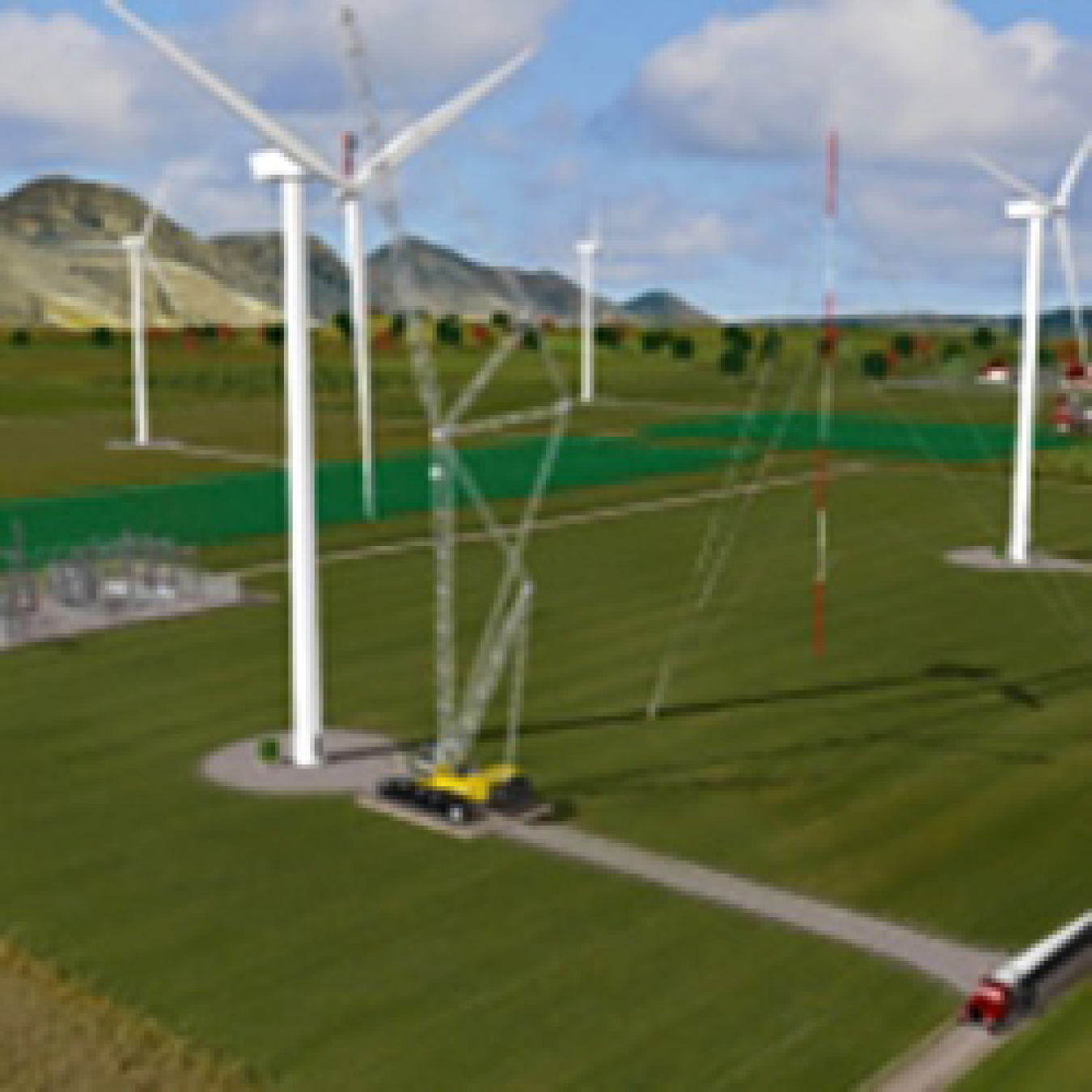
Team Members
- Principal Investigator: Rick Damiani
- Entrepreneurial Lead: Katherine Dykes
- Industry Mentor: Sandy Butterfield
Technology Description
Typical wind plant systems are complex and often involve coupled systems—what happens in one part of the plant affects other parts of the plant. A commercialized version of a NREL's research tool, WISDEM®, will solve this problem by creating a “virtual,” vertically integrated wind plant that enables stakeholder collaboration for optimizing wind turbine and plant design, control, and operation. With the help of Energy I-Corps, the team hopes to develop a business model for a full graphical interface with database support, turning WISDEM® into a commercially viable tool that will help industry design and develop the next generation of wind energy systems.

